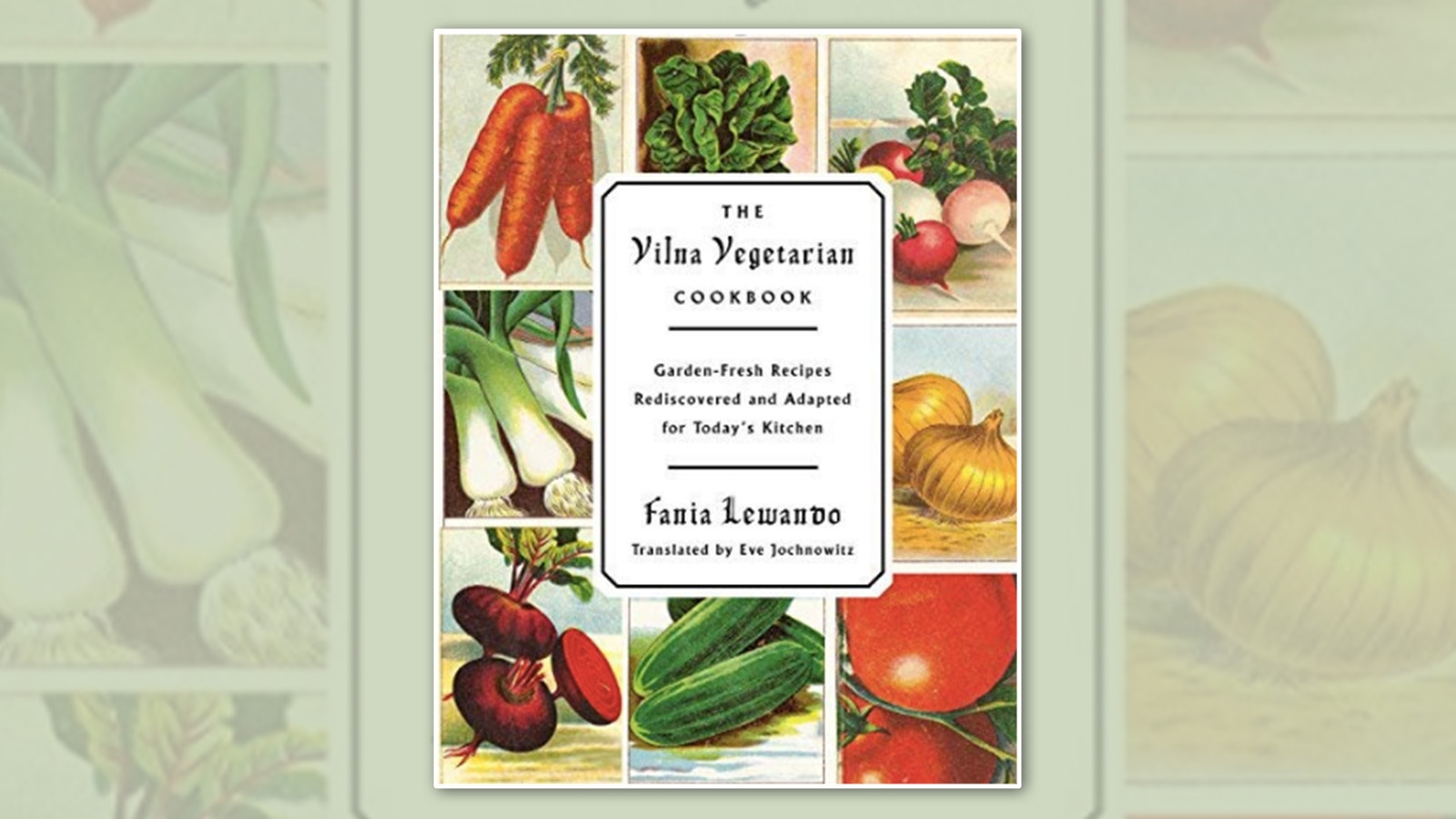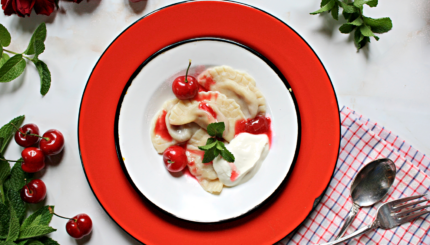When you think of Eastern European Jewish cuisine, which words come to mind? Light? Healthy? Plant based? Probably not. Heavy, homey and meat-centric are more like it.
Fania Lewando died during the Holocaust, but had she been given the full length of her years, Ashkenazi Jewish cuisine may have taken a turn to the vegetarian side and we might all be eating vegetarian kishke and spinach cutlets in place of brisket.
Lewando is not a household name. In fact, she would have been lost to history had it not been for an unlikely turn of events. Thanks to a serendipitous find, her 1937 work, “The Vilna Vegetarian Cookbook” (“Vegetarish-Dietisher Kokhbukh” in Yiddish), was saved from oblivion and introduced to the 21st century.
Vilna in the 1930s, where Lewando and her husband Lazar made their home, was a cosmopolitan city with a large Jewish population. Today, it is the capital of Lithuania but it was then part of Poland. Lewando opened a vegetarian eatery called The Vegetarian Dietetic Restaurant on the edge of the city’s Jewish quarter. It was a popular spot among both Jews and non-Jews, as well as luminaries of the Yiddish-speaking world. (Even renowned artist Marc Chagall signed the restaurant’s guest book.)
The Nosher celebrates the traditions and recipes that have brought Jews together for centuries. Donate today to keep The Nosher's stories and recipes accessible to all.
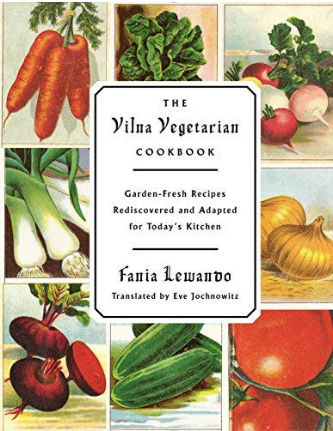
Lewando was a staunch believer in the health benefits of vegetarianism and devoted her professional life to promoting these beliefs. She wrote: “It has long been established by the highest medical authorities that food made from fruit and vegetables is far healthier and more suitable for the human organism than food made from meat.” Plus, she wrote, vegetarianism satisfies the Jewish precept of not killing living creatures.
We know little about her life other than she was born Fania Fiszlewicz in the late 1880s to a Jewish family in northern Poland. She married Lazar Lewando, an egg merchant from what is today Belarus and they eventually made their way to Vilna. They did not have children.
Lewando, to quote Jeffrey Yoskowitz, author of “The Gefilte Manifesto” was “a woman who challenged convention;” a successful entrepreneur, which was a rarity among women of the time. She supervised a kosher vegetarian kitchen on an ocean liner that traveled between Poland and the United States, and gave classes on nutrition to Jewish women in her culinary school.
“The Vilna Vegetarian Cookbook” was sold in Europe and the U.S. in Lewando’s day, but most of the copies were lost or destroyed during the Second World War. In 1995, a couple found a copy of the cookbook at a second-hand book fair in England. They understood the importance of a pre-war, Yiddish-language, vegetarian cookbook written by a woman, so purchased it and sent it to the YIVO Institute’s offices in New York. There, it joined the millions of books, periodicals and photos in YIVO’s archives.
It was discovered again by two women who visited YIVO and were captivated by the book’s contents and colorful artwork. They had it translated from Yiddish to English so it could be enjoyed by a wider audience.
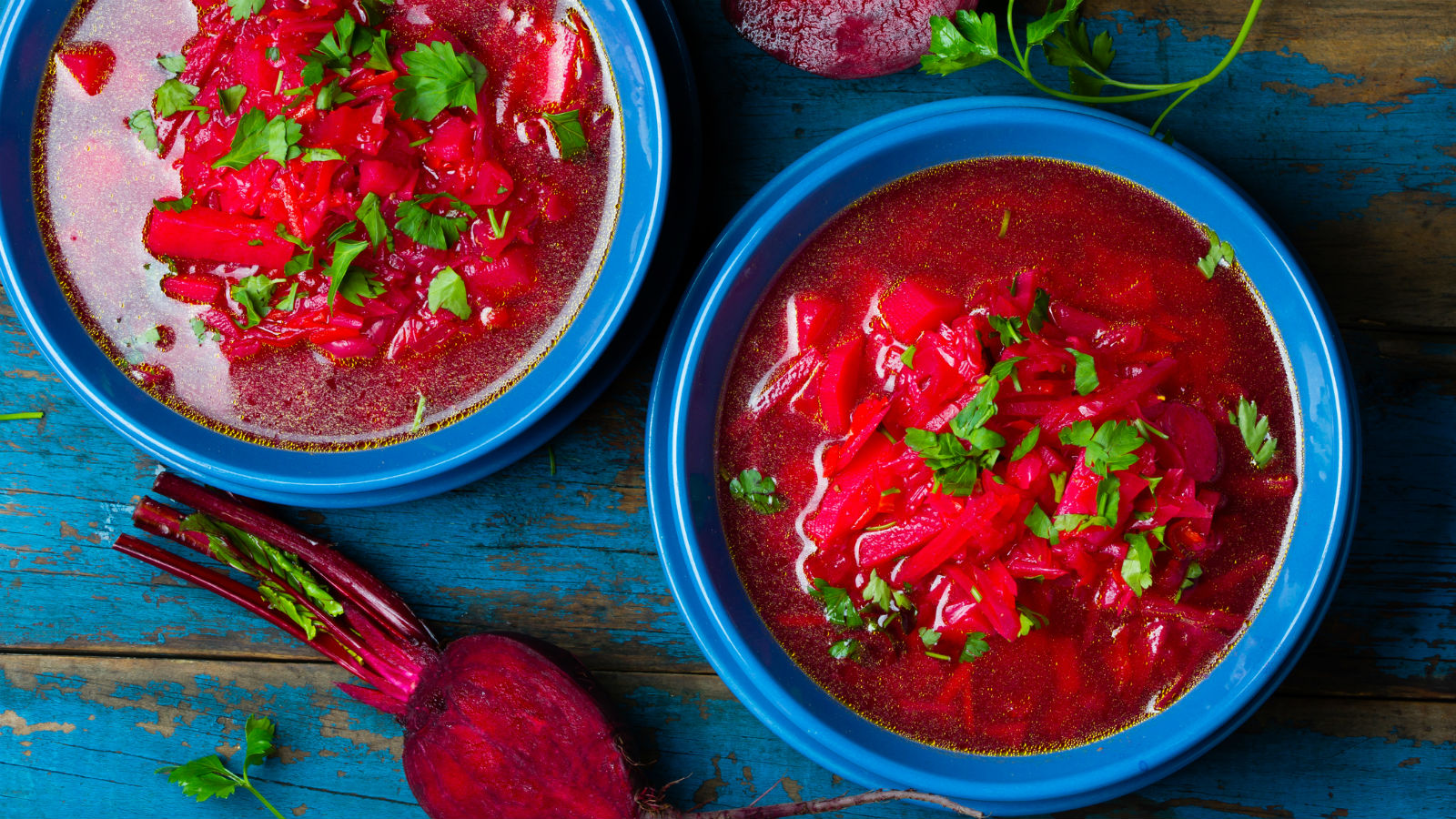
Like many Ashkenazi cooks, salt was Lewando’s spice, butter her flavor and dill her herb. The book is filled with dishes you’d expect: kugels and blintzes and latkes; borscht and many ways to use cabbage. There’s imitation gefilte fish and kishke made from vegetables, breadcrumbs, eggs and butter. Her cholent (a slow-cooked Sabbath stew) recipes are meat-free, including one made with prune, apple, potatoes and butter that is a cross between a stew and a tzimmes.
There are also some surprises.
Did you know it was possible to access tomatoes, eggplants, asparagus, lemons, cranberries, olive oil, Jerusalem artichokes, blueberries and candied orange peel in pre-war Vilna? There’s a French influence, too, such as recipes for mayonnaise Provencal and iles flottante, a meringue-based dessert, and a salad of marinated cornichons with marinated mushrooms.
“It’s hard to know who the target audience was for this cookbook,” said Eve Jochnowitz, its English-language translator. “We know from contemporary memoirs that people in Vilna did not have access to these amazing amounts of butter, cream and eggs,” she said. “Lewando was writing from a somewhat privileged and bourgeois position.” While many of these recipes may have been aspirational given the poverty of the Jews at the time, the cookbook demonstrates that it was possible to obtain these ingredients in Vilna, should one have the resources to do so.
While the cookbook is filled with expensive ingredients, there is also, said Jochnowitz, “a great attention to husbanding one’s resources. She was ahead of her time in the zero-waste movement.” Lewando admonishes her readers to waste nothing. Use the cooking water in which you cooked your vegetables for soup stock. Use the vegetables from the soup stock in other dishes. “Throw nothing out,” she writes in the cookbook’s opening essay. “Everything can be made into food.” Including the liquid from fresh vegetables; Lewando instructed her readers on the art of vitamin drinks and juices, with recipes for Vitamin-Rich Beet Juice and Vitamin-Rich Carrot Juice. “This was very heroic of her,” said Jochnowitz. “There were no juice machines! You make the juice by grating the vegetables and then squeezing the juice out by hand.”
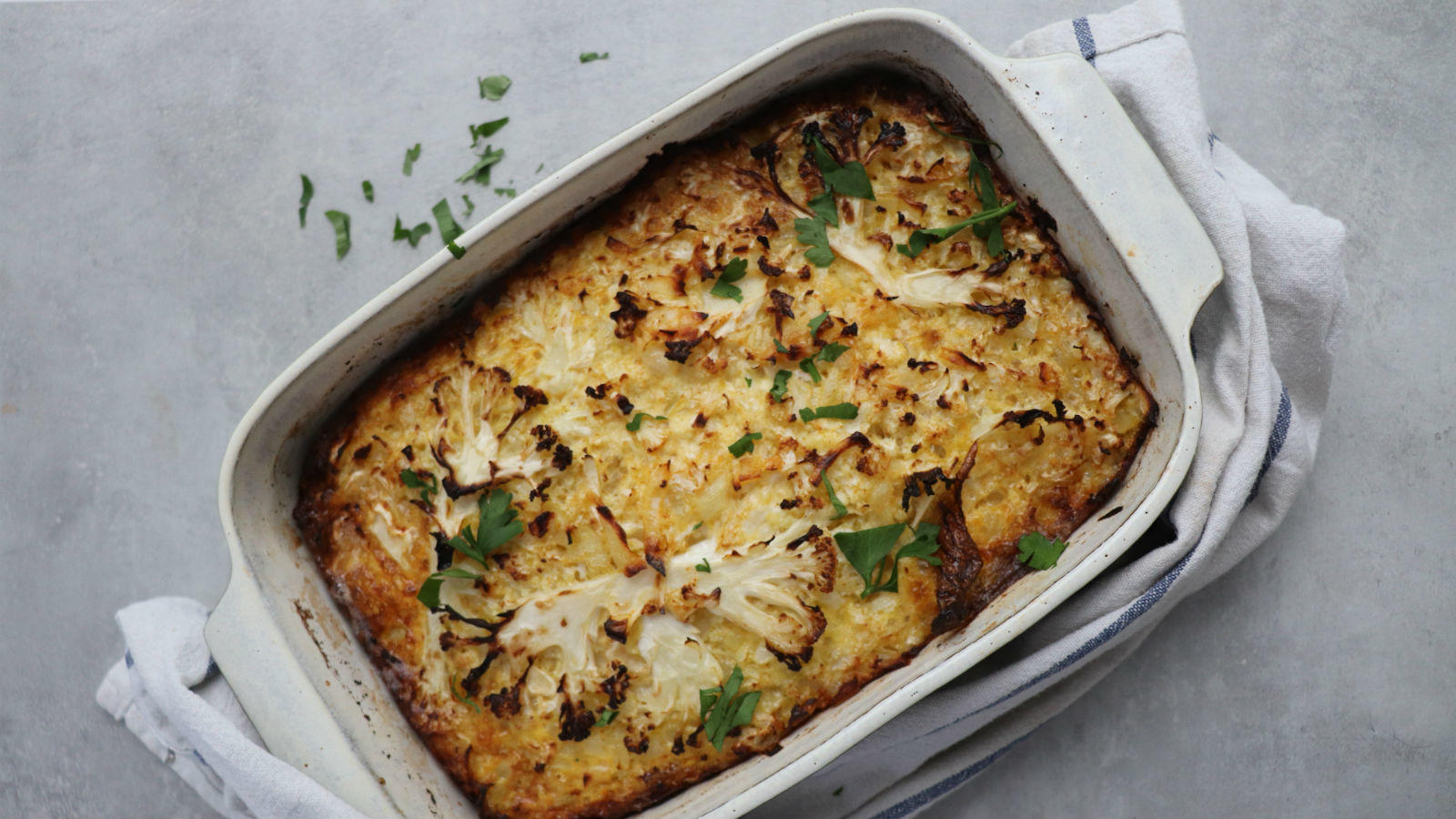
Barbara Kirshenblatt-Gimblett, a Jewish scholar and Jewish cookbook collector, describes Lewando as “witty.” “She is showing us,” she said, “that once you eliminate meat and fish, you still have an enormous range of foods you can prepare.” Lewando is about “being creative, imaginative and innovative both with traditional dishes and with what she is introducing that is remote from the traditional repertoire.” She does that in unexpected ways. Her milchig (dairy) matzah balls, for example, have an elegance and lightness to them. She instructs the reader to make a meringue with egg whites, fold in the yolks, then combine with matzah meal, melted butter and hot water. Her sauerkraut salad includes porcini mushrooms. One of her kugels combines cauliflower, apples, sliced almonds and candied orange peel.
There is much that, through contemporary eyes, is missing in “The Vilna Vegetarian Cookbook.” The recipes do not give step-by-step instructions; rather you will find general directions. Heating instructions are vague, ranging from a “not-too-hot-oven” to a “warm oven” to a “hot oven.” Lewando assumes the reader’s familiarity with the kitchen that today’s cookbook writer would not.
Lewando and her husband were listed in the 1941 census of the Vilna Ghetto but not in the census of 1942. It is believed that they both died or were killed while attempting to escape. “She really was a visionary,” said Jochnowitz. “It is an unbearable tragedy that she did not live to see the future that she predicted and helped to bring about.”But in cooking her recipes, said Yoskowitz, as dated and incomplete as some of them may be, the conversation between then and now continues.
